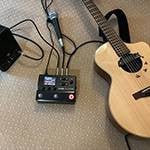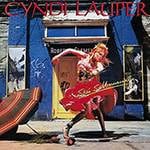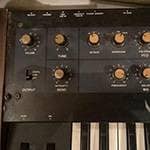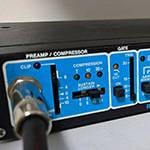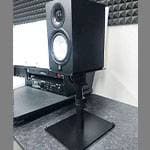■ NAUTILUS Virtual Sound Source: Examining the EP-1’s Wurlitzer Reed-Type Sounds
This is Part III of our deep dive into the KORG NAUTILUS workstation synthesizer, with a focus on electric pianos.
In the previous article, we evaluated the five types of TineType sounds from the NAUTILUS EP-1 engine, which emulate the Rhodes piano. This time, we will turn our attention to the Wurlitzer electric piano and delve into its historical background, and conduct an evaluation of the two ReedType sound sources included in the EP-1 engine.
I have not previously covered the Wurlitzer electric piano in detail, so this article also includes an introductory report on it.
■ Timeless Machines: The Wurlitzer Electric Piano Squaring Off Against the Rhodes Electric Piano
The Wurlitzer electric piano is transistor-based, with the early 200 model being released in 1968. The 200A was produced over a long span of time from 1974 to 1983, and underwent internal circuit changes. These two models are among the most popular of the various Wurlitzer electric pianos.
The Wurlitzer’s design features a wooden chassis covered by a plastic casing, which is attached at the back with hooks and secured with bolts. The use of plastic for the cover was a deliberate choice to reduce weight for ease of transport. This design, along with the cheerful look, became one of Wurlitzer's trademarks. The 200 model, in particular, transitioned from the initial, understated pale green color of earlier Wurlitzers to a much more vibrant pops of colors.
It’s likely that this distinctive shape and color choice is one of the reasons for its continued popularity.
The typical Wurlitzer color is black, but other available colors include forest green, red, and beige, among four total color options.
The other model, the 200A, was available in two colors: black and avocado green.
Among them, the avocado green version has become particularly rare and is now sold at a premium due to it having only a limited number that were made. Following avocado green in terms of value are the beige, red, and black models, in that order.
There are also other compact versions such as the 106 type and the 270 type, both have 44 keys. Among them, the 106 type is the rarest and most coveted by Wurlitzer enthusiasts. It was available in yellow, beige, and orange. These cheerful colors were likely chosen because the models were originally placed in children's music classrooms.
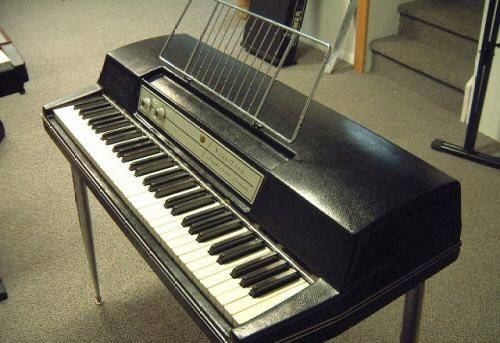
Wurlitzer Piano 200A type, public domain (Source: Wikipedia)
■ Features of the Iconic Instrument Beloved by Musicians for Its Unique Sound
The Wurlitzer is known for its tone that makes simple chord work shine, and it has been used by many musicians including The Carpenters, Donny Hathaway, and Queen.
Its sound is especially compelling when played with single notes, making it ideal for playing memorable phrases and riffs. Much like its raw and earthy tone, the keyboard action was not particularly sharp and had a relatively weak response, which made it less suitable for fast passages.
However, when played by someone with a good sense of rhythm, it could produce funky and groovy performances. Donny Hathaway’s playing is a prime example of this expressive potential.
In terms of sound, it excels in earthy, roots-influenced music and rock songs, where its unique character truly comes to life.
The Wurlitzer also pairs well with simple and pop-oriented songs, like those by The Carpenters. It was an excellent match for natural, organic music such as acoustic guitar and Wurlitzer duos were done especially when few tension chords were used, or singer-songwriter style performances.
While Joe Sample is better known as a Rhodes player, he deliberately chose to use a Wurlitzer piano on The Crusaders’ track "Put It Where You Want It" to evoke a distinctly Texan feel.
■ Evaluating the Wurlitzer Piano Sound Source
To access the Wurlitzer electric piano sound source included in the KORG NAUTILUS, start from the Set List and tap on a sound labeled “EP” (Electric Piano), which indicates a Wurlitzer patch. Then, press the MODE button located at the top left of the Quick Access Buttons (see Screen 1).
This MODE button is the entry point into the deeper layers of the interface. From there, pressing the PROGRAM button allows you to navigate further into the inner menus.
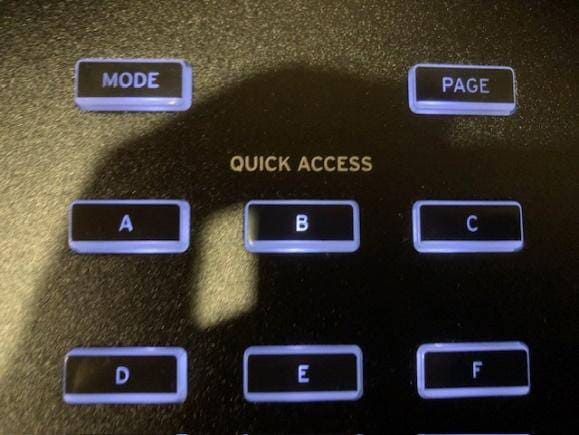
Quick Access Button – The MODE button is at the top left (Screen 1)
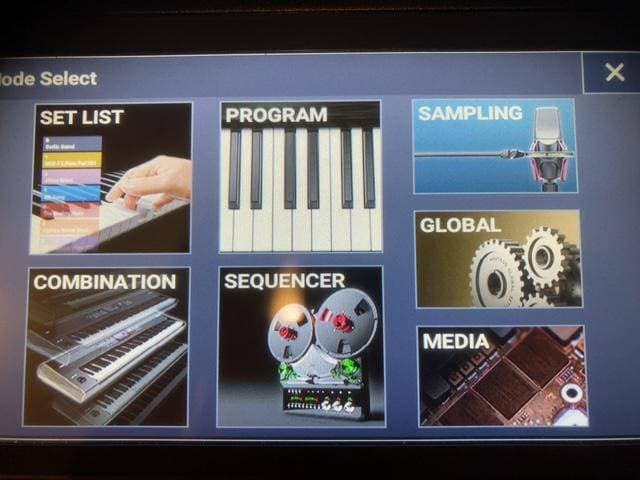
Mode Select screen (Screen 2)
From the Mode Select screen (Screen 2), tap the PROGRAM button to display the electric piano sound source screen.
■ Evaluation of the EP-1 Wurlitzer Piano Sound Source
1. Reed EP 200
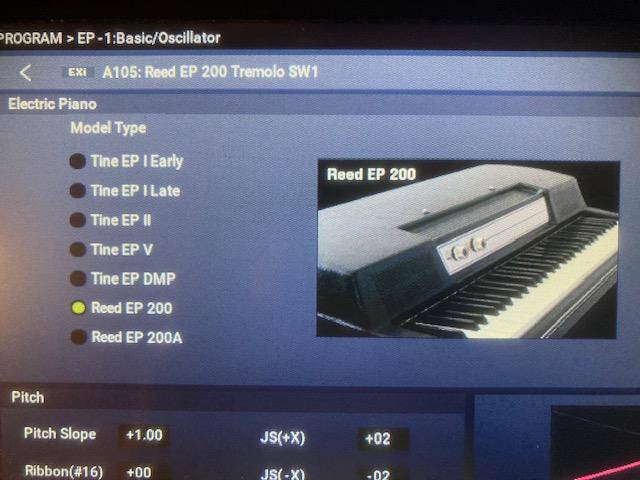
The keys of a Wurlitzer piano are made of wood, whereas early Rhodes pianos also featured wooden keys, though they transitioned to plastic ones partway through the Mark II model. Both instruments share a mechanism that resembles a simplified version of a grand piano's hammer action, and this construction directly influences their sound.
In terms of touch, I recall that the Wurlitzer's keys felt looser or more hollow compared to the Rhodes.
Another key distinction is in their tone-generation mechanisms: while the Rhodes strikes a tine (tone generator) beneath a tone bar with a hammer, the Wurlitzer hits a thin reed with its hammer. Functionally, this difference results in different sound characteristics. However, in the higher register, the difference between a Wurlitzer and a Rhodes isn’t particularly pronounced. Most electric pianos tend to sound fairly similar in the upper range.
In contrast to the refined and urban tone of the Rhodes piano, the Wurlitzer has a more earthy, gritty character. But that grittiness could also be described as simple, unpretentious, and honest in tone.
From the midrange to the lower range, where it's used most frequently, the Rhodes tends to have a sawtooth-like waveform, while the Wurlitzer gives more of a square-wave impression. The sound has a somewhat clacky or papery texture.
There are fewer lingering overtones in the sound, and compared to the later 200A model, the tone feels thinner and cleaner overall. That said, not all music benefits from a fat sound, so it's important to consider this leaner tone as a useful option depending on the context.
2. Reed EP 200A
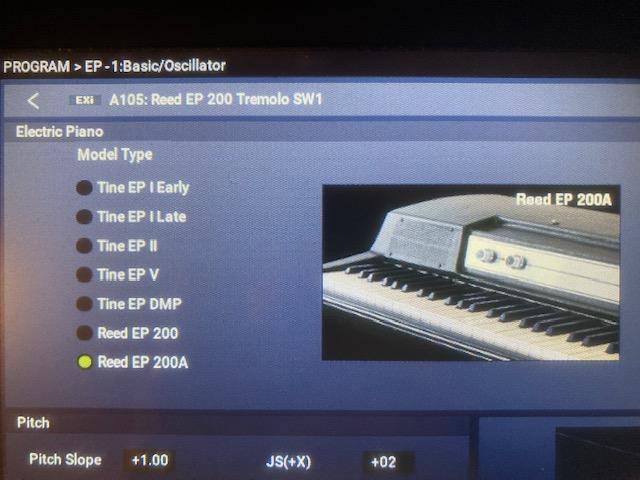
Compared to the 200 model, the 200A has a noticeably fatter sound across the entire range, from high to low. It contains richer overtones. In the midrange, the most commonly used register, the tone feels more muffled than the 200 model. When playing with force in the lower midrange, the Wurlitzer’s characteristic distortion begins to emerge.
When playing chords like a 9th, where dissonance is naturally present, the sound can become muddy. With a Rhodes, that kind of dissonance can sound pleasant and textured, but with a Wurlitzer, it often feels too much to the point where it becomes overbearing. This may be why Wurlitzers are better suited for simpler musical arrangements.
That charming, unadorned simplicity is likely the Wurlitzer piano’s biggest selling point.
In the next article, I plan to explore the vibrato and other effects included with the electric piano engine. Stay tuned!
The “sound & person” column is made up of contributions from you.
For details about contributing, click here.





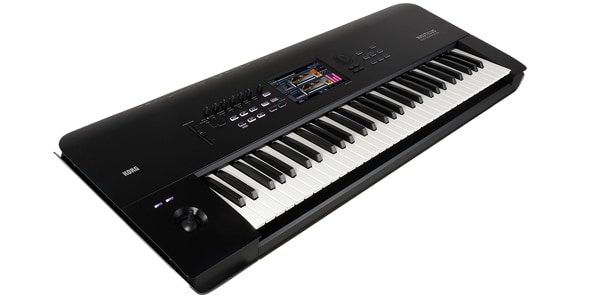

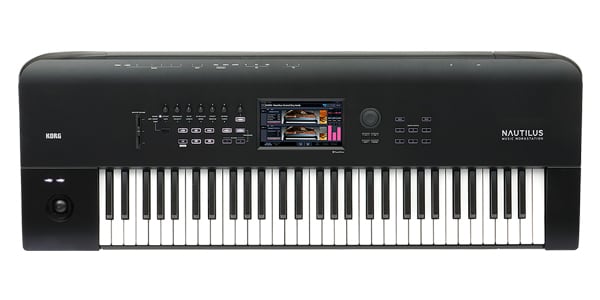
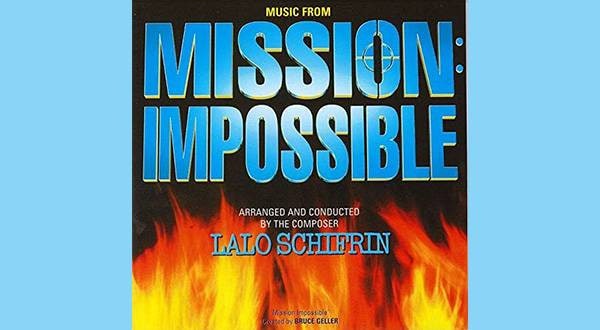

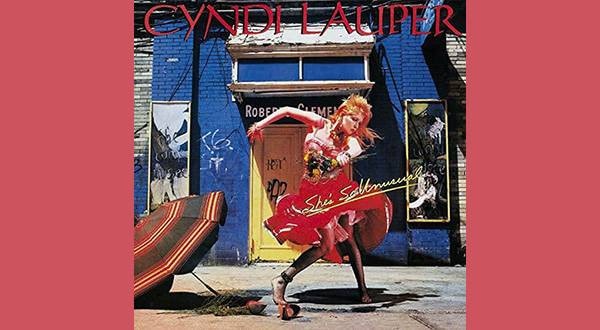
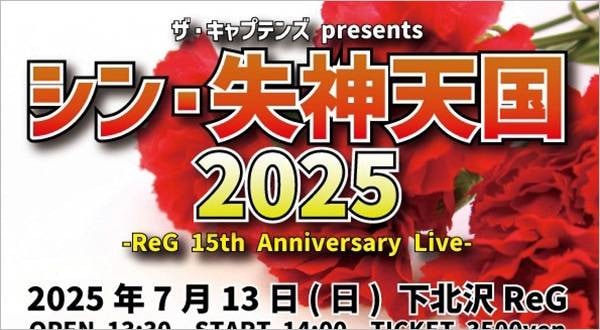
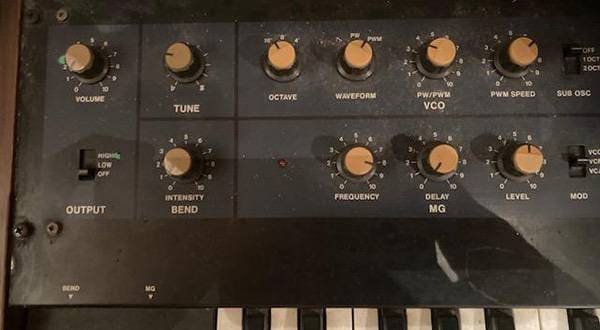
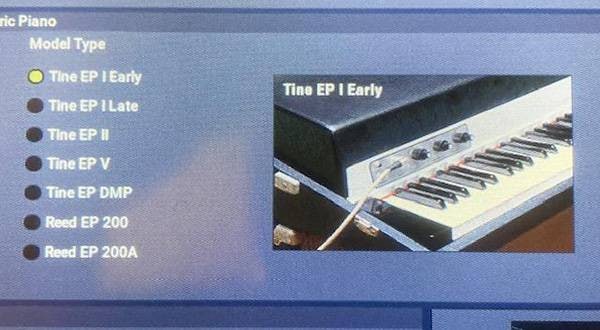
![[2025 Latest Edition] Choosing a Synthesizer/Popular Synthesizers Ranking](/contents/uploads/thumbs/2/2022/9/20220916_2_19446_1.jpg)
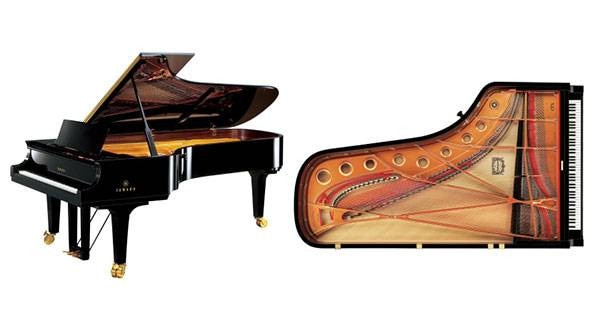
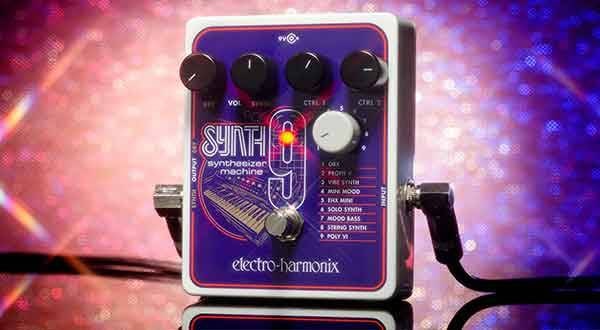
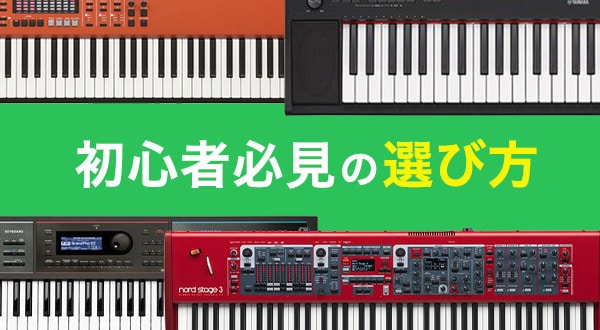

 エレクトリックピアノ 入門ガイド
エレクトリックピアノ 入門ガイド
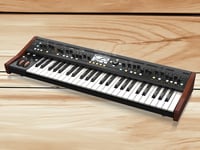 シンセサイザー 入門ガイド
シンセサイザー 入門ガイド
 ステージピアノ 入門ガイド
ステージピアノ 入門ガイド
 PLAYTECH 鍵盤特集
PLAYTECH 鍵盤特集
 おすすめの電子ピアノ
おすすめの電子ピアノ
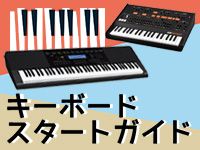 キーボードスタートガイド
キーボードスタートガイド

